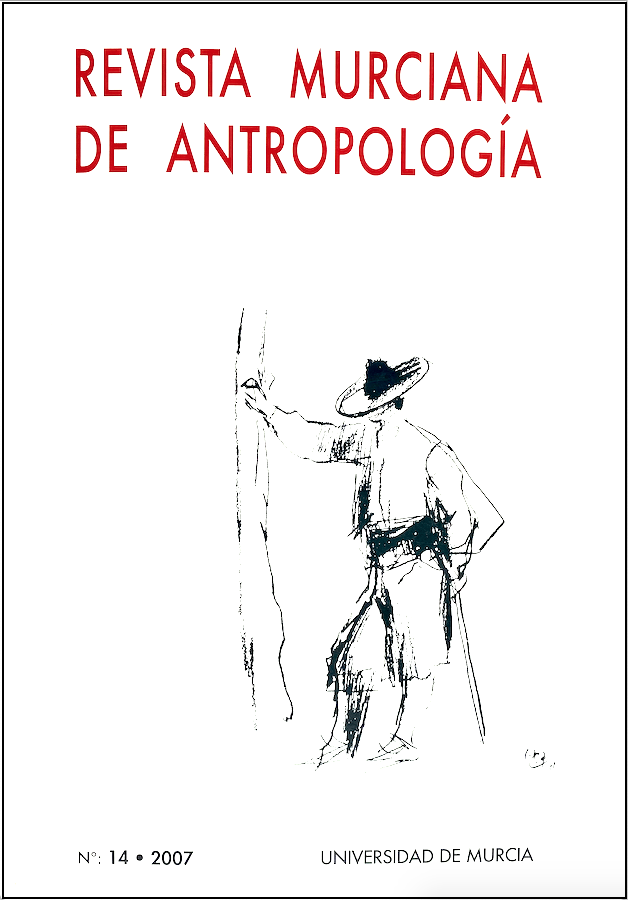Contaminación por erosión eólica e hídrica de las áreas limítrofes a la antigua zona minera de La Unión (Cartagena)
Abstract
El área minera de Cartagena – La Unión ha sido objeto de una intensa explotación desde hace más de 2.500 años. En época reciente, en la segunda mitad de siglo XIX y primera del siglo XX la actividad minera se realizó mediante galerías subterráneas, pero durante la segunda mitad del siglo XX la explotación se llevó a cabo a cielo abierto, con un importante movimiento de tierras, cifrado en mas de 360 millones de toneladas, de las que 315 corresponden a residuos. En la actualidad, la actividad minera está inactiva, pero existen enormes cantidades de desechos de mineral (pirita, galena y blenda), que por sus características inestables y tamaño de partículas son fácilmente movilizables, tanto por la acción del viento como por las aguas de escorrentía. Los contenidos en metales pesados de estos residuos, especialmente de cinc y plomo, los convierten en posibles contaminantes de la atmósfera y los suelos de las áreas colindantes. Con el presente trabajo se ha pretendido evaluar la cantidad de material movilizado por el viento y el agua, mediante colectores adecuados para ambos agentes erosivos (erosión eólica e hídrica) y determinar la cantidad de metales pesados que son transportados por el viento o arrastrados por las aguas de escorrentía.Downloads
-
Abstract1279
-
PDF (Español (España))803
Las obras que se publican en esta revista están sujetas a los siguientes términos:
1. El Servicio de Publicaciones de la Universidad de Murcia (la editorial) conserva los derechos patrimoniales (copyright) de las obras publicadas, y favorece y permite la reutilización de las mismas bajo la licencia de uso indicada en el punto 2.
2. Las obras se publican en la edición electrónica de la revista bajo una licencia Creative Commons Reconocimiento-CompartirIgual 4.0 Internacional. Se pueden copiar, usar, difundir, transmitir y exponer públicamente, siempre que: i) se cite la autoría y la fuente original de su publicación (revista, editorial y URL de la obra); ii) se mencione la existencia y especificaciones de esta licencia de uso.
3. Condiciones de auto-archivo. Se permite y se anima a los autores a difundir electrónicamente las versiones pre-print (versión antes de ser evaluada) y/o post-print (versión evaluada y aceptada para su publicación) de sus obras antes de su publicación, ya que favorece su circulación y difusión más temprana y con ello un posible aumento en su citación y alcance entre la comunidad académica. Color RoMEO: verde.













